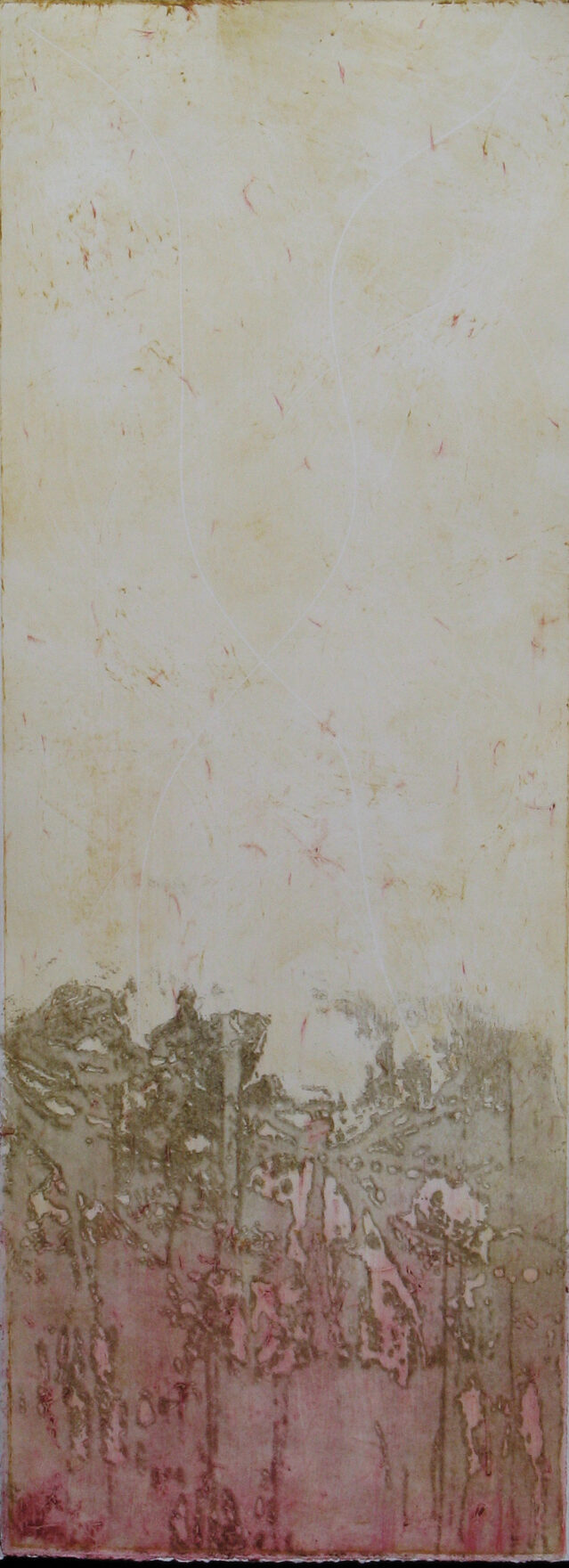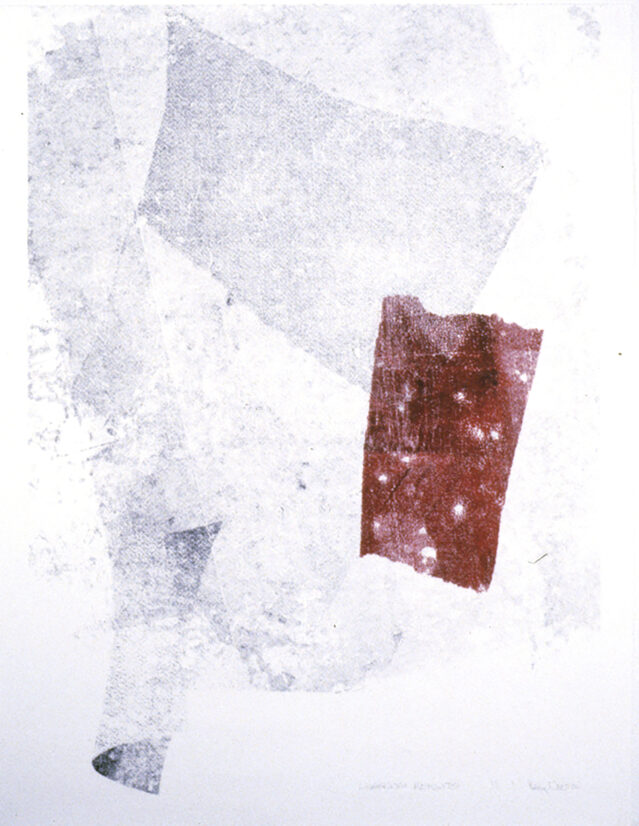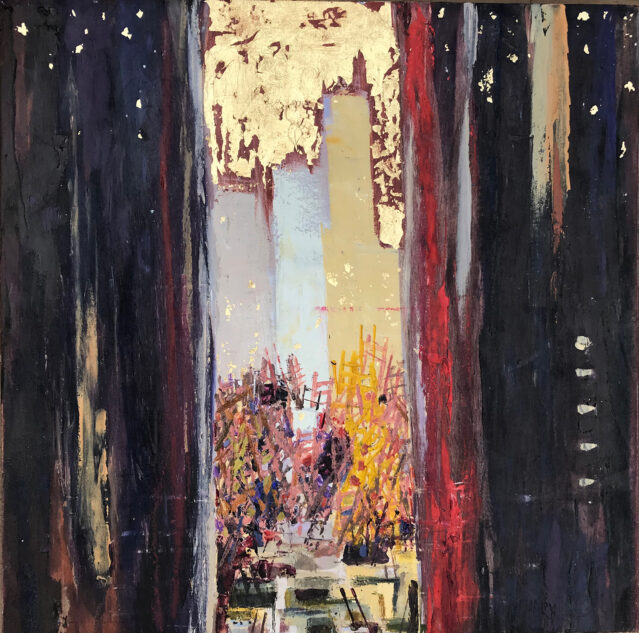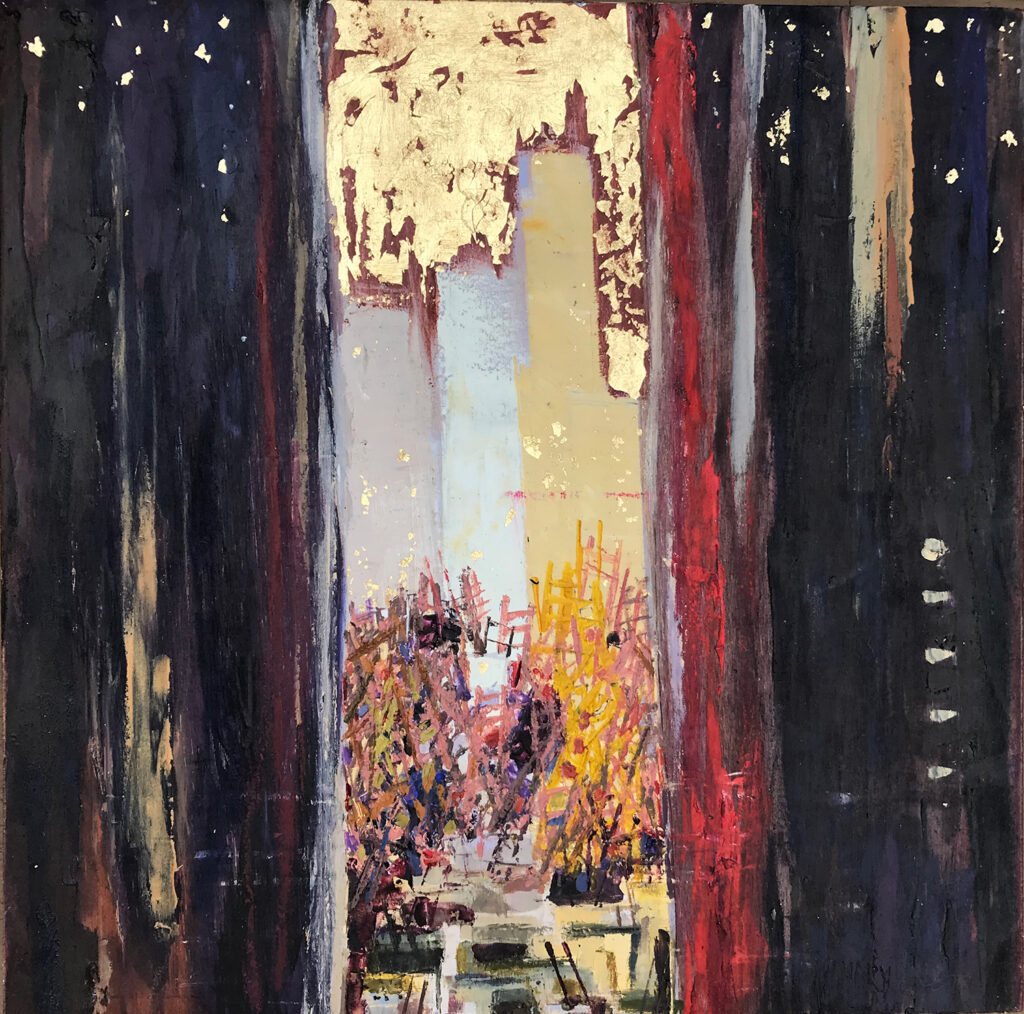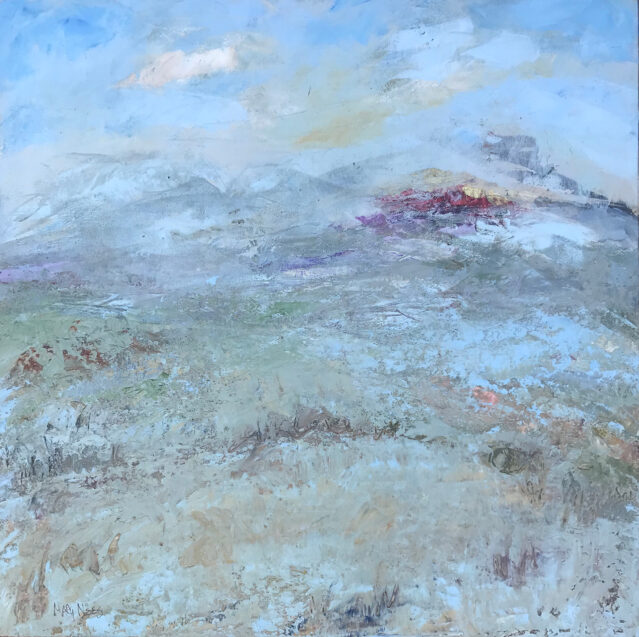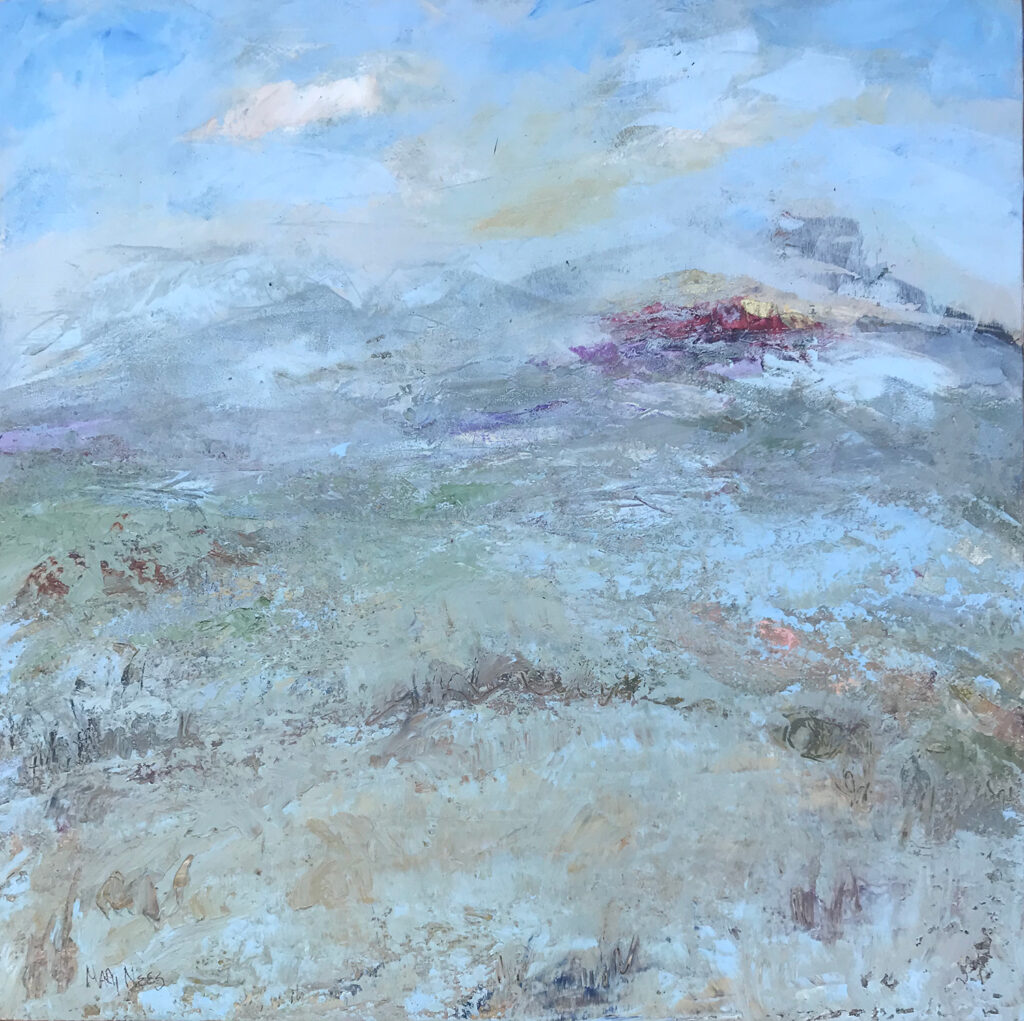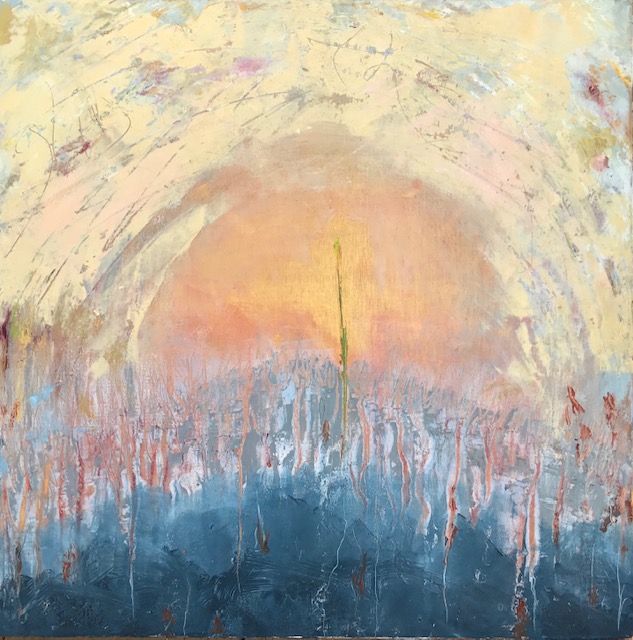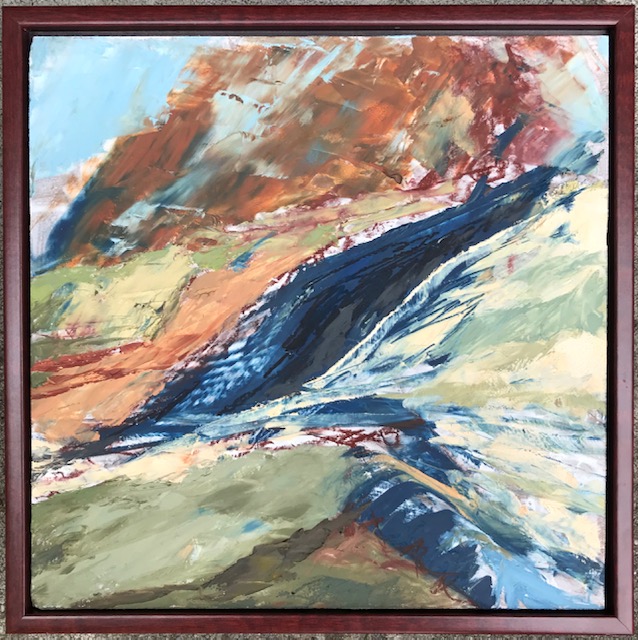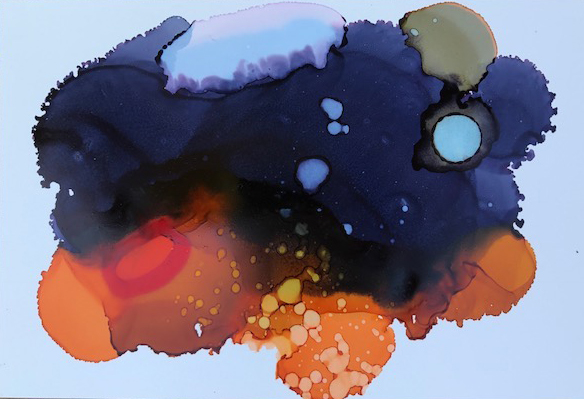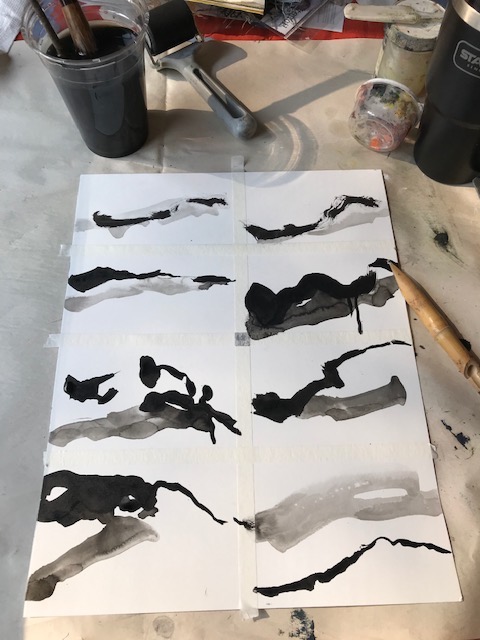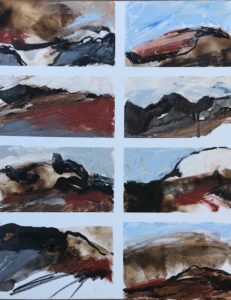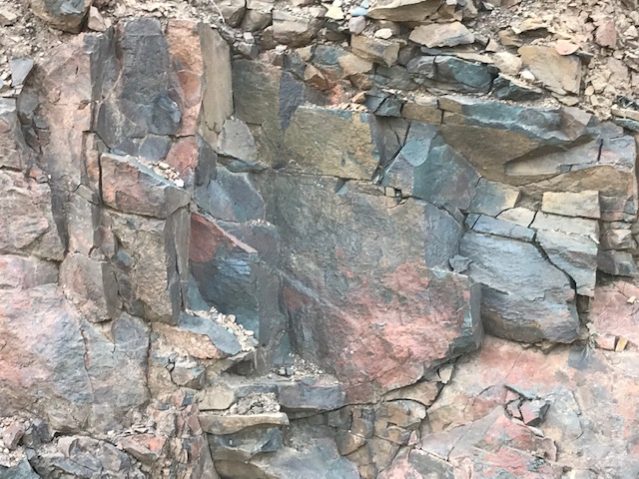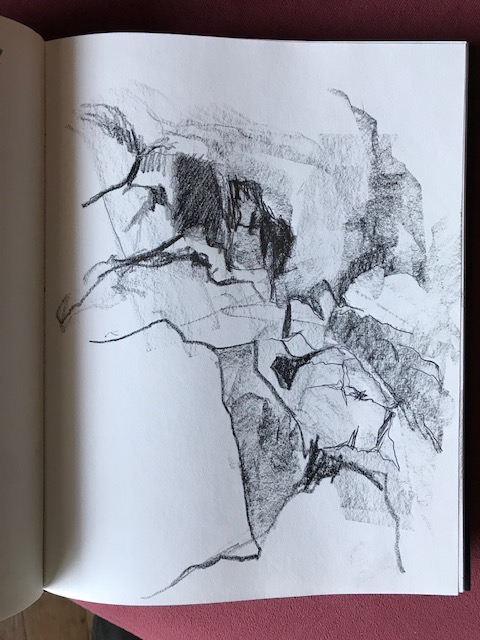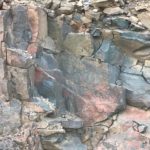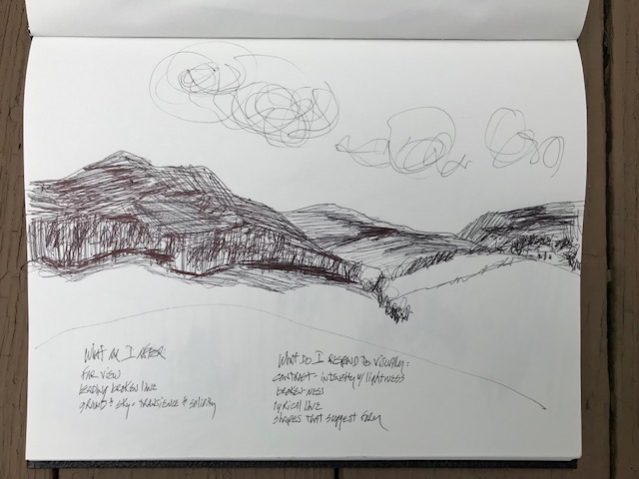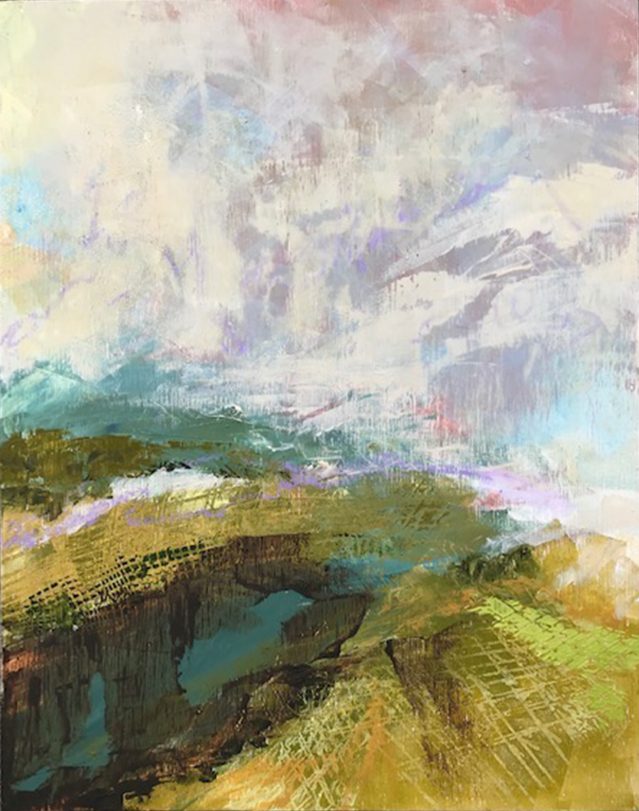It is simple and yes, it is scary; but only if you will be honest about what you cannot escape. Your only alternative is to dismiss or pretend for a while — in arrogant assumptions: “there is no God!” “no one sees” “I’m in charge here” “you’re an idiot” “there’s no dialogue” “we’ll enforce this, for the power is ours and we’re on the right side of history”… You may be comfortable for some time this way, but in the end, a higher reality will overcome you. What will you say then?
You have no explanation for why every single human, in all human history goes down, one same direction: down, back into dirt. In this we are all the same. Your body has a shelf-life which betrays every ultimate supposition. The wise grapple with this; for raw honesty is the only way that leads to a scrap of hope.
I am compelled to put these morbid words down. For kidnappings in Nigeria, assassination in Haiti, beheadings in Indonesia, torture in Afghanistan and every hidden thing done in certain American clinics, and in certain Chinese wards has me sorely vexed. I cannot just shrug off what’s going down. I am one voice, from one soul in the same time period as you are. But I am calling it out with real concern.
This is what holds me: God sees it, He sees it all. God hears it. And God hears me. My blood and your blood has something in it that answers back to Him, even if the embodied owner of each DNA code could or never would talk to his Creator. The blood cries up. It did at the very first spilling of just one body ripped open. It is generations of sound waves now. This will not end well for those who won’t address Him while they yet have time to do so here.
“But they will be held guilty, they whose strength is their god… and though it (the Lord’s answer) tarries, wait for it…” Habakkuk 1:11 and 2:3
In contrast to this waiting, I saw a large banner in an upscale American town which proclaimed, “Rage against Hate”. This makes shortsighted sense to some. Human rage always has its reasons, but it is blind to the multiplied effect; and all the collateral damage is worse than any deadly virus. I heard a young woman proudly say recently “burn it all down” and she sincerely thinks that somehow what will arise from the ashes will be productive for the powerless. Tit for tat only ever expands the sorrows.
So, one prophet, instead of raging with men, actually took up his case by raging with the God of justice (worth reading the whole account). He later recorded this and I echo it often:
“Lord, I have heard the report about Thee and I fear. Oh Lord, revive Thy work in the midst of the years, in the midst of the years make it known; in wrath remember mercy… I heard, and my inward parts trembled. At the sound my lips quivered. Decay enters my bones, and in my place I tremble. Because I must wait quietly for the day of distress… Yet I will exult in the Lord.” (Habakkuk 3:2, 16,18) The prophet does not get there easily, but he got there.
Here’s what I say to myself and encourage as prescription for anyone. In your recognized vulnerability, take your case up. Life cries to LIFE, better sooner than later. All blood cries up for an account anyway. What’s in your blood is consequential metabolically but also spiritually, regardless of what you have assumed about God or yourself. Blood travels upward though it is heavy, even buried in the ground. That’s what this image is about.
For what goes down does go up.
